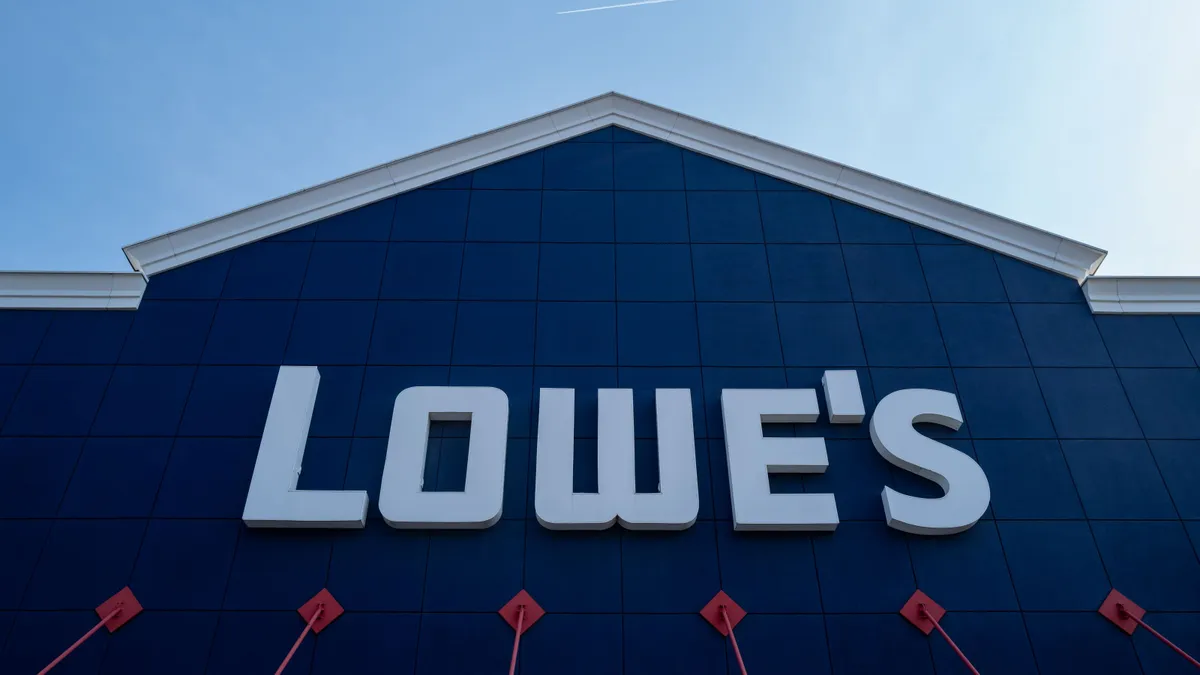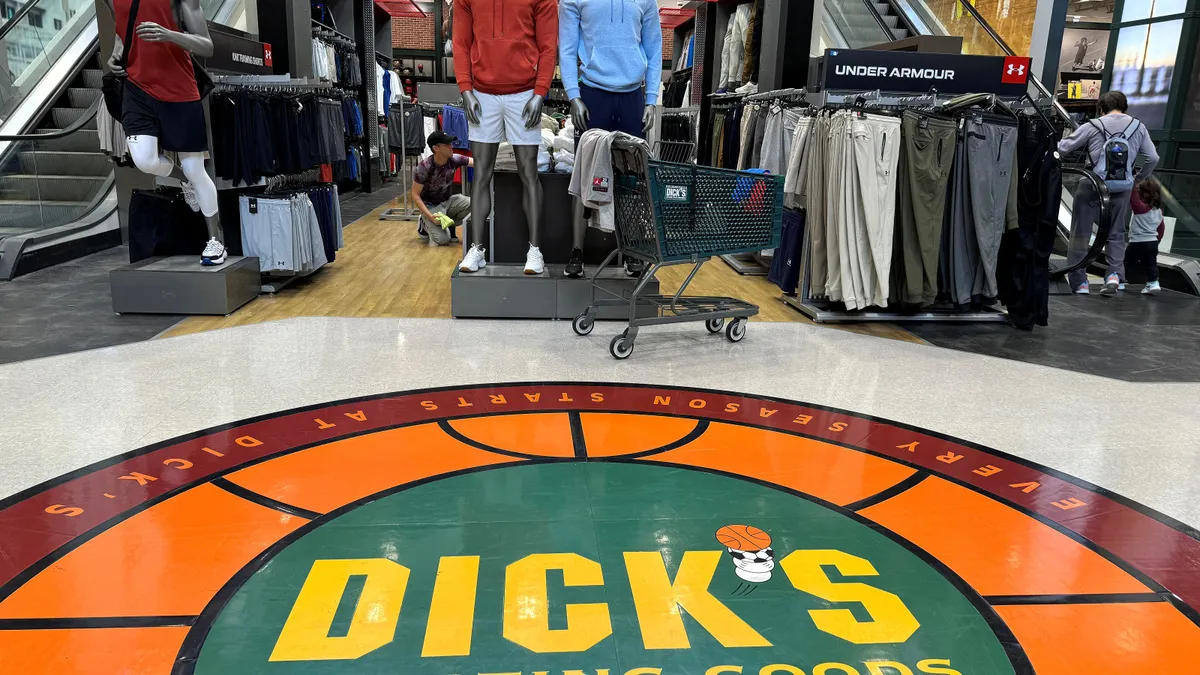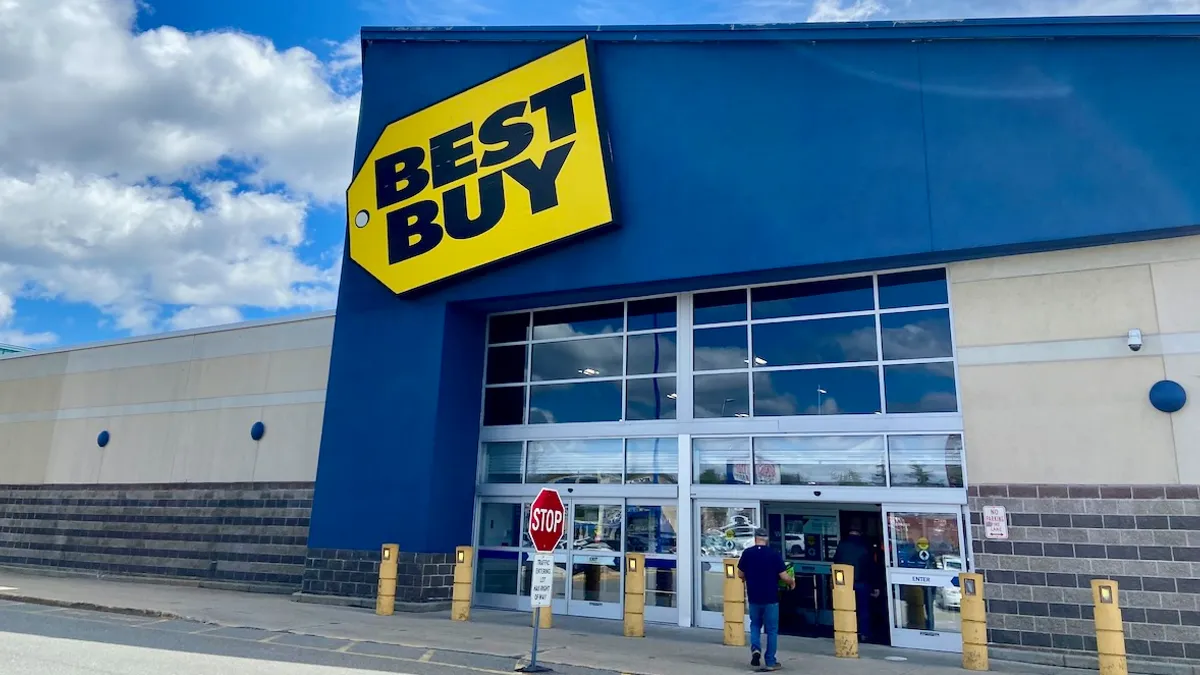Aster Angagaw is vice president and head of strategic and public sectors at Amazon Business. Opinions are the author’s own.
Sustainability is on many business leaders’ minds right now—and for good reasons.
A growing number of consumers and non-governmental organizations are demanding businesses to prioritize environmentalism — there’s even regulation in the works at the U.S. Securities and Exchange Commission that could require public companies to increase their reporting on climate-related risks, emissions, and net-zero transition plans.
External pressures aside, greater investment in more sustainable business practices offers avenues for organizations to meet their environmental, social and governance goals, and connect with customers, talent, and their surrounding communities.
Although sometimes overlooked, procurement presents major potential for organizations to make headway toward their sustainability goals. And in my experience, there are a few common purchasing challenges that prevent organizations from actively prioritizing their ESG goals.
But for companies that choose to prioritize ESG in their supply chains, there are a couple of steps organizations of any size can take to develop more sustainable practices and achieve purpose-based relationships with stakeholders.
Buyers say it’s difficult to source the right suppliers
Amazon Business’ 2022 annual State of Business Procurement Report discovered that 69% of business buyers self-reported they’re required to make purchases from sellers with more sustainable practices or products. These requirements may come from corporate boards or investors, annual organizational ESG commitments, or in the case of government entities, federal mandates.
Despite the fact that more than two-thirds of survey respondents have sustainability goals, over half (55%) still say it’s difficult to source suppliers that offer more sustainable products. Typically, sustainability-related credentials aren’t readily apparent on product packaging or online descriptions. And many procurement professionals—especially those who are the sole buyer for their organization—lack the time to research and compare whether several product options are credentialed or if sellers are implementing more sustainable practices.
This transparency breakdown has real consequences — 81% of buyers who have difficulty sourcing suppliers with more sustainable practices agree it’s preventing their organization from achieving its procurement sustainability goals.
In addition to supplier credential visibility, many organizations struggle to find areas where they can diversify their supplier base. Typically, the majority of an organization's spend is strategically managed, meaning it’s negotiated and contracted, often for years at a time. Many of the goods that fall into this strategically managed spend category must adhere to strict specifications that only a few suppliers can fulfill.
With more than three-quarters of organizational spend tied up, organizations have limited opportunities to buy from suppliers that follow more sustainable practices.
4 ways to build a more sustainable supply chain
With limited visibility into seller credentials and few opportunities to work with new suppliers, spending on more sustainable products or services can feel daunting. But there are a number of practical ways organizations can invest in more sustainable procurement practices and make headway toward long-term ESG goals.
- Identifying opportunities to increase more sustainable purchases. Even if the majority of spend is strategically managed, that means there’s still a percentage that is not not. These non-contracted tail spend purchases—which often include office supplies or IT equipment—are excellent areas to introduce more sustainable products and suppliers with diversity credentials.
Though you may not know your exact purchasing needs now, you can plan ahead by identifying suppliers with sustainability-related certifications in these common tail spend categories. When you’re ready to purchase, you’ll have a pre-made list of possible suppliers that your purchasers can easily—and quickly—turn to.
- Setting goals and guidelines for your buyers. It’s important to set specific sustainability-related goals to guide your organization’s purchasing decisions and ensure accountability. Once realistic goals are set, communicate them to your buyers and provide guidelines that demonstrate how they can help contribute to those goals.
For example, before making any tail spend purchase, you might mandate that buyers research and consider two alternative vendors with diversity credentials.
- Measure progress and adjust accordingly. Purchasing products with environmental sustainability-related certifications is probably just one of several ESG goals you’re working toward. Many organizations reserve purchasing dollars for veteran-owned, women-owned, diverse-owned and small-owned sellers. Just consider that in 2022, 84% of B2B buyers planned to increase how much money they spend with black or diverse-owned businesses compared to the previous year.
When you’re pursuing multiple goals, it can be easy to overspend in one area and underspend in others. By tracking purchasing data in real time using machine learning-powered analytics, you can easily monitor progress made toward ESG goals and pivot as needed.
- Leverage multiple spending channels. “Don’t put all your eggs in one basket.” This well-known maxim also applies to your business purchasing needs. Depending on your required products, existing relationships with suppliers, and a variety of other factors like delivery speed and pricing, some spending channels are better suited to your needs than others.
Amazon Business is a B2B store, so admittedly I’m a bit biased here. But one area where digital purchasing channels shine is enabling organizations to find sellers with sustainability-related certifications. Digital tools enable buyers to search and filter for certain products by certification status. In addition, you can consider asking for products with sustainability-related certifications in your requests for proposal forms or during informational calls with suppliers.
Advancing a more sustainable future
More sustainable business practices are no longer nice to have, they’re quickly becoming standard practice as more stakeholders demand progress. Fortunately, as sustainability becomes a higher priority in procurement spaces, more suppliers and spending channels will likely increase visibility into sustainability-related certifications—and more organizations can make use of this information.
But for now, you have to work smarter and take extra steps to ensure purchases contribute to your organization’s ESG goals. Just remember, you’re not alone — according to our research 63% of buyers say sustainability is a top priority.
Nonetheless, the work is worth it — every purchase you make from a seller with sustainability-related certifications demonstrates your commitment and helps contribute to a more value-driven world.





















